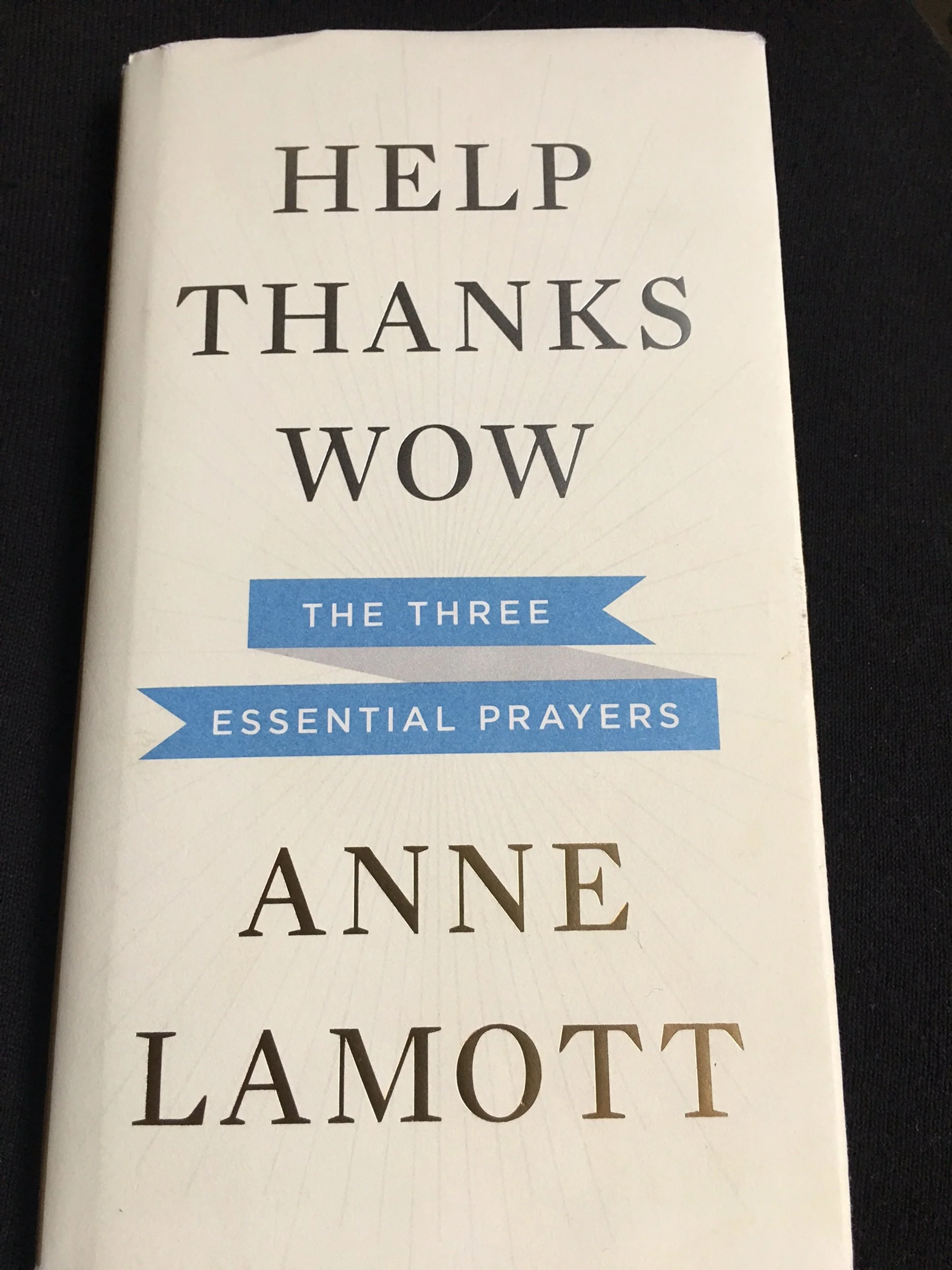Storm Warnings
“Jesus also said to the crowds, ‘When you see a cloud rising in the west, you immediately say, ‘It is going to rain’; and so it happens.… You know how to interpret the appearance of earth and sky, but why do you not know how to interpret the present time? And why do you not judge for yourselves what is right?’”—Luke 12:54-57.
joanna campbell
I sit and watch a storm come up the beach in the early morning. The sun is out, with blue skies to the east, but the sky is grayer to the west. Clouds move overhead. Sometimes, this dark overhead carpet seems so close that I feel I can almost touch it. Fishing boats return to port to weather the coming storm. Birds take shelter. The great blue heron moves inland. The pelicans are nowhere to be seen. The mighty osprey is the last to give up looking for one more meal before returning to her nest. A violent wind precedes and announces the pivotal event, almost horizontal driving rain.
patti martin
Jesus reminds us that we see signs that indicate storms may be coming in our lives. Our children act out, or their grades at school drop. We receive occasional hints that a project is not going well, but we are too busy to address the matter at the moment. Later. Too many other things are going on. We recall how a particular food affected us in the past, yet we still eat it anyway. Our clothes no longer fit, but we do not change our eating habits, exercise routine, or lifestyle. We ignore pain, a sign that some body part needs attention.
The same principle applies to our spiritual life. Our prayer life seems dry. We cannot remember our dreams. We can no longer write. All we read appears dull and uninteresting. We think of every excuse not to attend corporate worship. We stop going outdoors. It is too hot. Too cold. Too sunny. Too cloudy. We stop talking to friends. We isolate ourselves.
In medicine, a sign is an outward or objective appearance that suggests what is going on, like the red butterfly rash across the nose characteristic of lupus erythematosus. On the other hand, a symptom describes something that is subjectively experienced by an individual, such as lupus fatigue or pain associated with a urinary tract infection, which requires some interpretation.
We are constantly given signs and experience symptoms in our outer and inner lives that can direct us. God never abandons us. We are called only to keep ourselves “in tune” to see and hear. Spiritual directors, spiritual friends, and spiritual practices are all gifts that can help us along this journey and place us in a position to connect to God. They assure us we are not alone, and that a directional move or change in course may be needed in our outer or inner life. But then, of course, it is God that changes us..
My own experience, however, is that I am so much like that osprey, waiting until the very last minute before I surrender to something greater than myself.
This last Rembrandt represents another storm. I grieve every time I see it mentioned. I rejoice that I had the opportunity to see the mesmerizing painting several times before it was stolen from one of my favorite museums. We see clearly the violent storms of our life and often have difficulty seeing Christ there with us, but he is so clearly there, beside us.
Christ in the Storm on the Sea of Galilee, Rembrandt, 1632. This painting was stolen in 1990 in the largest art heist in U.S. history from the Isabella Stewart Gardner Museum in Boston. A $10M reward has not been claimed for its recovery. Its empty frame remains hanging in the museum
Joanna. https://www.joannaseibert.com/







